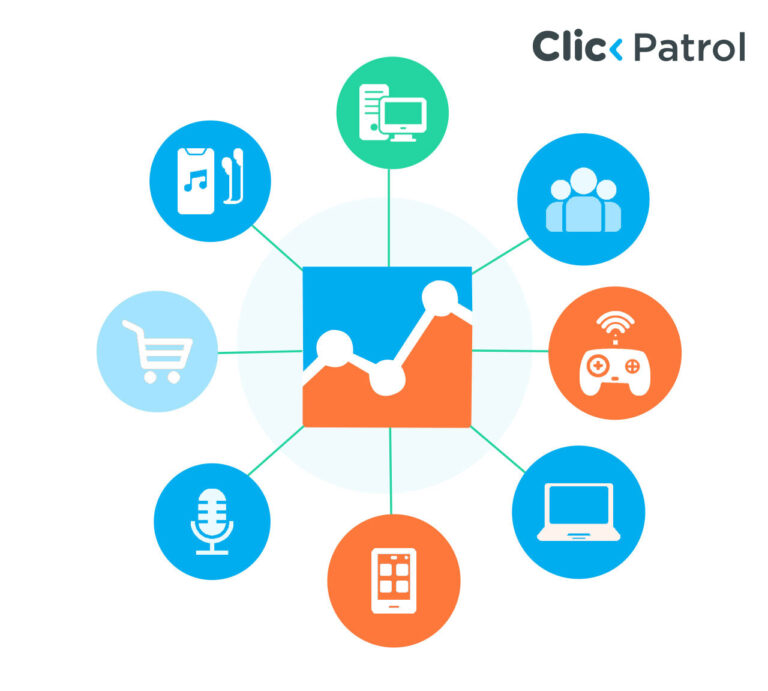
Bot Protection For WordPress Forms
Abisola Tanzako | Sep 06, 2024

Table of Contents
The best way to protect the integrity of your WordPress forms is by implementing adequate bot protection for WordPress forms.
WordPress is a free software content management system (CMS) that hosts and builds websites. It is the most widely used CMS, powering 62.6% of all websites that leverage a CMS. WordPress makes it easier for website owners to design forms that fit their individual needs through various plugins. These can be used to create contact forms, payment forms, subscription forms, and other types of forms.
These features, however, make WordPress forms prone to bot attacks. This is done by bots submitting spam forms, scraping the forms for helpful information for phishing, or attempting brute-force attacks. It then becomes necessary to protect forms from such attacks to protect the website and give visitors a delightful experience. This article explores the importance of bot protection for WordPress forms and provides guides on how to implement them.
Are WordPress forms susceptible to bot attacks?
WordPress form plugins have security features to protect forms from bot attacks; however, bots can still attack them. The form’s extent of vulnerability can be determined by the level of configuration or the security measures put in place to protect it. If these forms are not properly protected, they can pose serious problems for the site. These are some reasons that can make WordPress forms vulnerable to bot attacks.
- Absence of browser fingerprinting: WordPress sites that do not utilize browser fingerprinting technology can make forms vulnerable to bot attacks. Using the browser fingerprint gives the site an extra layer of security because bots cannot accurately mimic humans’ fingerprints.
- Absence of input validation systems: WordPress forms without an input validation mechanism can be subject to bot attacks. This gives bots room to input phony details in the fields and can predispose them to other security breaches.
- Absence of CAPTCHA implementation: When CAPTCHA systems are not utilized in WordPress forms, they are vulnerable to bot attacks. CAPTCHAs distinguish humans from bots by assigning tasks that are easy for humans to execute but difficult for bots to carry out. Without CAPTCHAs, bots can submit forms easily and flood the database with spam entries.
- Absence of rate restrictions: rate restrictions are crucial security precautions. They help restrict the number of submissions that can be made from a particular IP address. When rate restrictions are not implemented, bots take advantage of this vulnerability by submitting multiple forms simultaneously. This could lead to server overloads, inaccurate data, and even Denial of Service (DoS) attacks.
How to detect bot attacks on WordPress forms
These are signs to look out for to detect bot attacks on forms:
- Unusual increase in traffic: If a website receives a sudden rise in visitors from a region where the language is not commonly spoken, it may indicate bot activity.
- Unusual fluctuations in session duration: The amount of time visitors stay on the website should remain relatively steady. A sudden increase in the session duration could result from bots quickly crawling the site for information, and a sudden decrease in session duration on a site could also indicate bot activity.
- Junk conversion: Form-filling bots or spam bots can increase suspicious-looking conversions, such as account creations using meaningless email addresses or contact forms filled out with fake names and phone numbers.
- Unusual high bounce rate: The bounce rate identifies the percentage of users who leave a webpage without taking action. Bot activity may be responsible for the sudden spike in the bounce rate on a WordPress form.
- Instant submission: bots fill out forms quicker than humans. When it is noticed that multiple forms are submitted within seconds and these submissions are made at odd times, e.g., at midnight, it could point to bot activities.
- Failed CAPTCHA or reCAPTCHA attempts: Bots typically struggle with CAPTCHAs, making them harder to navigate than humans. When a site notices an increase in failed CAPTCHA attempts, it could signify that bots are trying to access the forms.
- Invalid form fields: When forms are submitted by a user and the data does not make sense, e.g., when names are filled in phone number columns or when the form fields are filled with random strings of numbers or alphabets, it could suggest bot activities.
The importance of Implementing Bot Protection For WordPress Forms
Bots, short for robots, are machine-enabled programs that execute tasks on the internet. While some bots are harmless, others can be malicious and are used to exploit vulnerabilities in various forms. Therefore, it is essential to protect WordPress forms from bot attacks.
- Helps eliminate spam submissions: Securing forms against bot attacks makes filtering out spam submissions easier. This helps ensure the accuracy of the information submitted and reduces the tendency for phishing attacks.
- Ensure the protection of user data: When bots are restricted, the website can safeguard user data and prevent cybercriminals from using it for illicit purposes.
- Aids in resource conservation: Bot protection helps prevent the submission of automated forms, reducing server load and conserving bandwidth.
- It allows websites to save time and effort by automating spam blocking, eliminating the time needed to filter out spam forms manually.
- It helps improve the user experience: bot protection ensures that forms are available for legitimate users and contributes to the overall user experience.
How to integrate Bot Protection For WordPress Forms
Various measures have been taken to protect WordPress forms from bot attacks. Below are some of these measures:
1. Use of CAPTCHA
A system that requires visitors to perform a task before accessing a site. These tasks are usually easy for humans but difficult for bots to undertake. It is one of the most widely used methods of preventing bots from submitting forms by ensuring only humans can do so. Google reCAPTCHA is also another tool that can be used to block attacks.
2. Invisible fields or honeypots
Invisible fields work by setting traps for bots, where fields that can only be seen by bots are inserted in WordPress forms. When bots fill out these fields, it enables sites to filter out bot submissions and access genuine information.
3. Anti-spam plugins
WordPress forms use anti-spam plugins like Akismet. This is one of the most popular solutions for fighting contact form spam on WordPress forms. It is also one of the best substitutes for reCAPTCHA. Akismet combines advanced algorithms and a global spam database to identify genuine and spam content, ensuring that spam forms are not submitted on the site.
4. Implement a rate-limiting technique
A form can use the rate-limiting approach to limit the number of submissions a single IP address or account can make within a given duration. For instance, one IP address may be allowed to submit up to five times per day.
5. Install web application firewall (WAF)
A WAF, or web application firewall, helps protect web applications by filtering and monitoring HTTP traffic between them and the Internet. It also screens out fake bots before they access the forms.
6. IP blocking
WordPress forms can be protected by tracking and blocking IP addresses linked to spam or suspicious activity. Patterns of bot activity can also be spotted by examining server logs, using security add-ons, or establishing rules at the server level to block particular IP addresses.
7. Enable personalized validations
WordPress forms can be checked using special rules that form builders can set up. These guidelines assist in identifying and preventing bogus form submissions by using particular standards. An excellent illustration would be to verify that form fields such as phone numbers and email addresses contain accurate information and reject submissions that do not pass the verification process.
Protecting WordPress forms from bot attacks
Protecting WordPress forms from bot attacks is important for preserving the site’s security, performance, and integrity. Bots can explore vulnerabilities in sites and attack forms, which can lead to spam submissions, data breaches, and unnecessary traffic. Leveraging techniques to protect WordPress sites from bot attacks could go a long way toward improving the site’s overall user experience.
Additionally, bots are becoming more sophisticated with growing technology, making protection against them a never-ending job. Therefore, it is important to regularly review and update protection measures to prevent bots from accessing forms. To keep forms secure and relevant for use, there is a need to be on the lookout for possible breaches and have efficient security measures ready to be deployed to forestall any attack.
With regular updates and upgrades, a combination of these security measures can safeguard WordPress forms from bot attacks.
FAQs
Q.1 Can bots bypass CAPTCHAs?
Yes, highly sophisticated bots can bypass CPATCHAs. Therefore, it is important to use a multi-layer approach to prevent bot attacks.
Q.2 How do I know if bots target my WordPress forms?
Unusual increases in the traffic, instant submission, and failed CAPTCHA requests are some of the signs to detect forms targeted by bots.
Q.3 How often should I monitor my form submissions for both activities?
Form submissions should be monitored daily or weekly to detect and respond to bot activities promptly, ensuring data accuracy and maintaining the integrity of your online forms.





